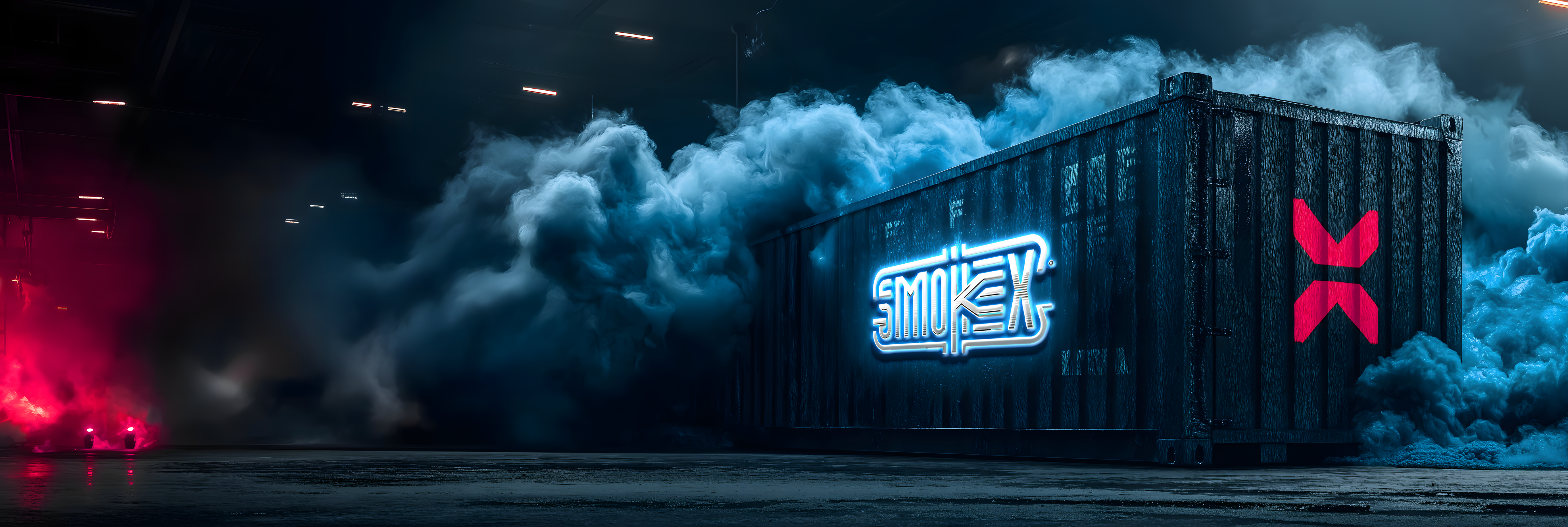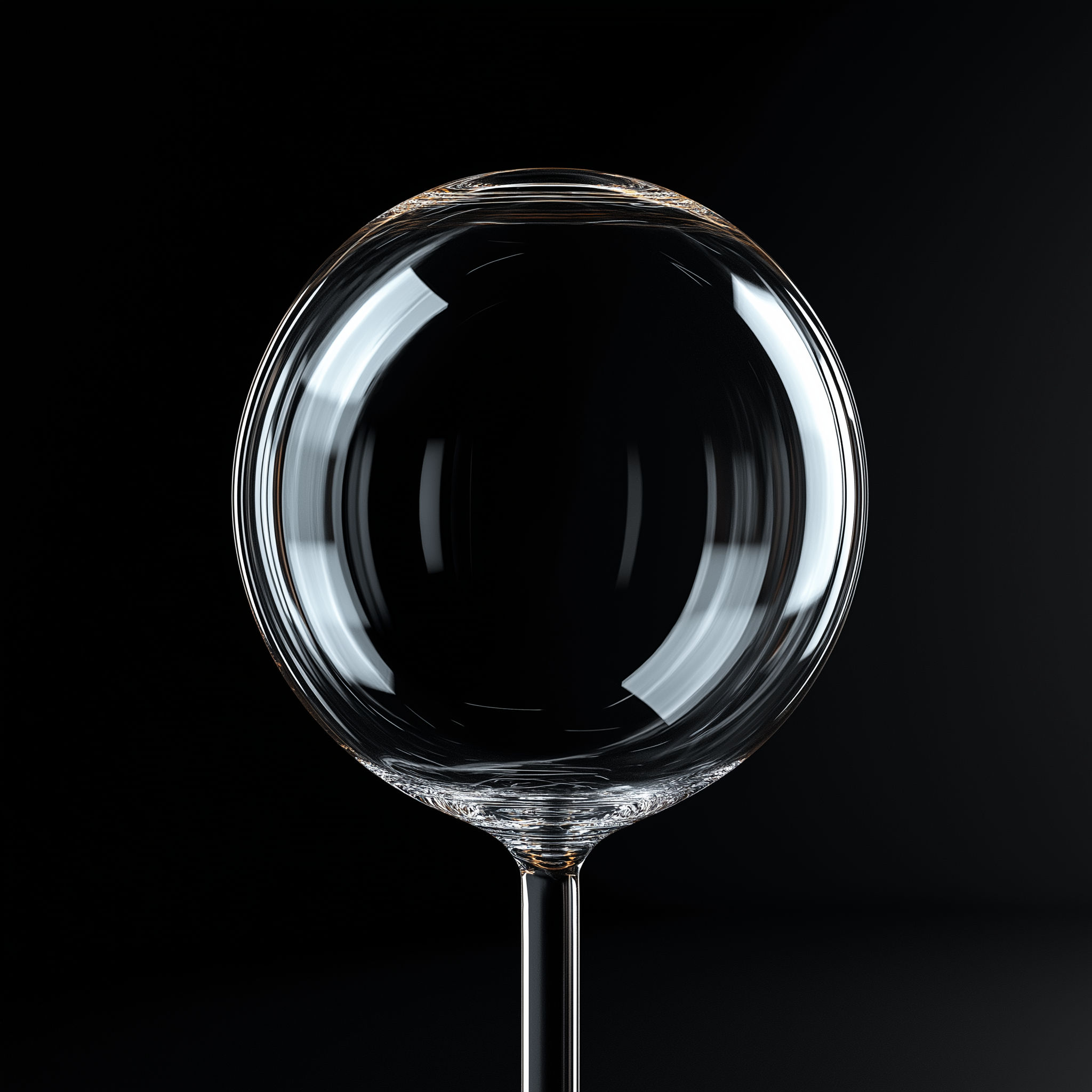

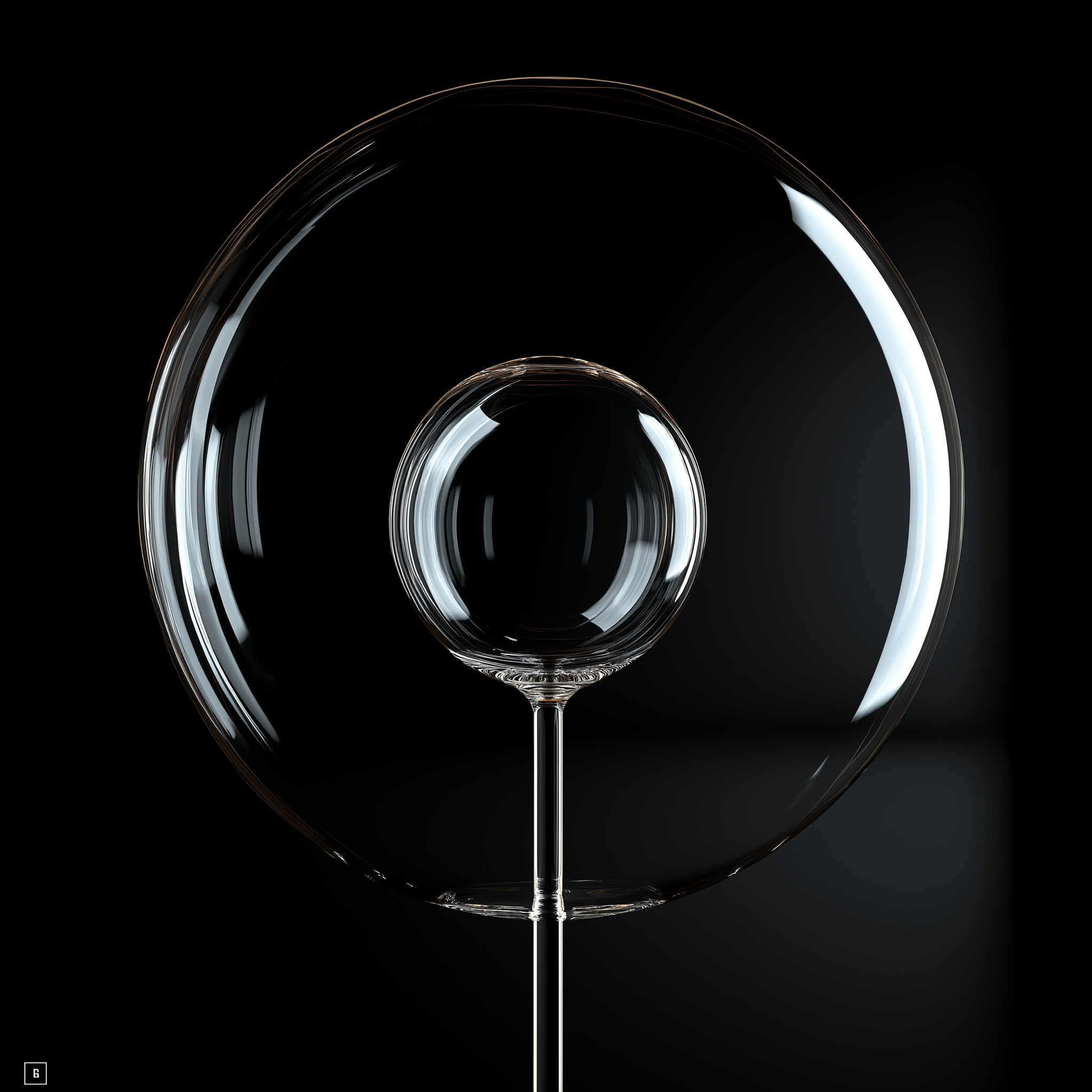
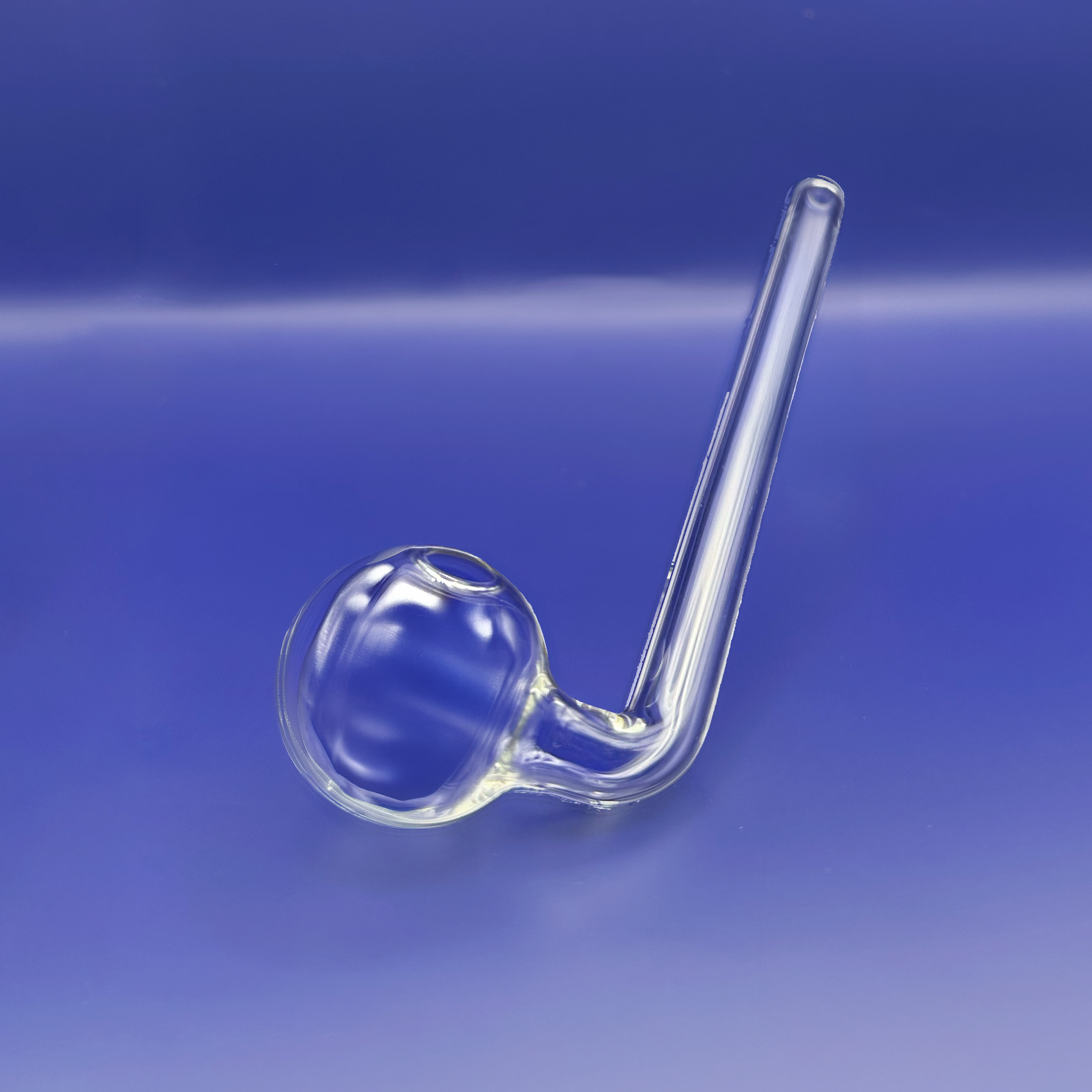
SMOKEX Long-Stem Big Bowl — Novelty but Built to Work #1
A showpiece that actually performs. This custom pipe pairs a 20 cm stem with a massive, high-capacity bowl—designed for slow, cool pulls and unapologetic presence on the table. It’s a novelty in scale and silhouette, not in quality.
What it is
Oversized bowl for generous packs and longer sessions
20 cm straight stem to add cooling distance and clean lines
Heavy-wall borosilicate (COE 33), double/triple-blown, kiln-annealed
Finished our way: ISO-washed, fire-purged, vacuum-sealed
Use case
100% usable in real-world sessions—stable in the hand, easy to clear, easy to clean
Best as a statement piece for the coffee table or shelf that you’ll still reach for
Durability note (read me)
Stronger than typical “novelty” glass thanks to wall profile and anneal cycle
Still more fragile than our core collections due to the sheer bowl mass and leverage of the long stem. Treat it with care and avoid sharp thermal shock swings.
Specs
Length: 25 cm stem
Material: Borosilicate glass (COE 33)
Build: Heavy-wall, double/triple-blown, kiln-annealed
Finish: ISO-washed, fire-purged, vacuum-sealed
Color: Clear or blush-pink (pink is more demanding to work and slightly less forgiving)
Care tips
Let glass cool between heat cycles; avoid blasting one spot for too long
Rinse with isopropyl + warm water; no rapid hot-to-cold shocks
Store on a soft surface; don’t balance by the stem
Note: As with all SMOKEX glass, we guarantee safe arrival. Once used/opened, standard wear, chips, or breaks aren’t covered.
Pairs well with

SMOKEX Long-Stem Big Bowl — Novelty but Built to Work #1
If you have any questions, you are always welcome to contact us. We'll get back to you as soon as possible, within 24 hours on weekdays.
-
Shipping Information
Use this text to answer questions in as much detail as possible for your customers.
-
Customer Support
Use this text to answer questions in as much detail as possible for your customers.
-
FAQ’s
Use this text to answer questions in as much detail as possible for your customers.
-
Contact Us
Use this text to answer questions in as much detail as possible for your customers.
💀 “RIP to another overpriced glass twig.”
🧻 “$35.00 For A Chinese Made Glass Pipe? No Wonder You've Replaced It More Than Your TV Remotes Batteries.” 🧻
🔥 “Breaks faster than your willpower on a Monday.” 🔥
🚫 “Ours don't snap, crack or suck. Unlike theirs.” 🚫
🛑 “This ain’t your gas station glass.”
🧱 “Takes hits harder than your ex’s rebound.”
🧼 “Other pipes shatter like egos. Ours? Solid as your mum’s roast.”
🚫 “Built tough, no shit. Built for the reckless.”

CONTROLLED INTERNAL DROP TEST RESULTS:
RETAIL COMPETITORS: STANDARD PIPE, A SAMPLE SIZE OF 10 SWEET PUFFS, AND 10 HOME MADE PIPES, ALL BECAME COMPROMISED AT THE HEIGHT OF 1.2 - 1.7 METRES, FALLING ONTO A HARDWOOD FLOOR.
SMOKEX PIPES: WITHSTOOD IMPACT IN 100% OF ALL PIPES AT 1.2 - 1.7 METRES. OUT OF THE SAMPLE SIZE OF 15 SMOKEX PIPES, 2 BECAME COMPROMISED AT A HEIGHT OF 2.2 METRES. 5 SMOKEX PIPES COMPROMISED AT 2.4 METRES, ANOTHER 4 AT 2.7 METRES. 2 MORE COMPROMISED AT 2.9 METRES, AT 3 METRES, THE REMAINING PIPES WERE PLACED INTO A "PERSO" PILE, AND WILL BE
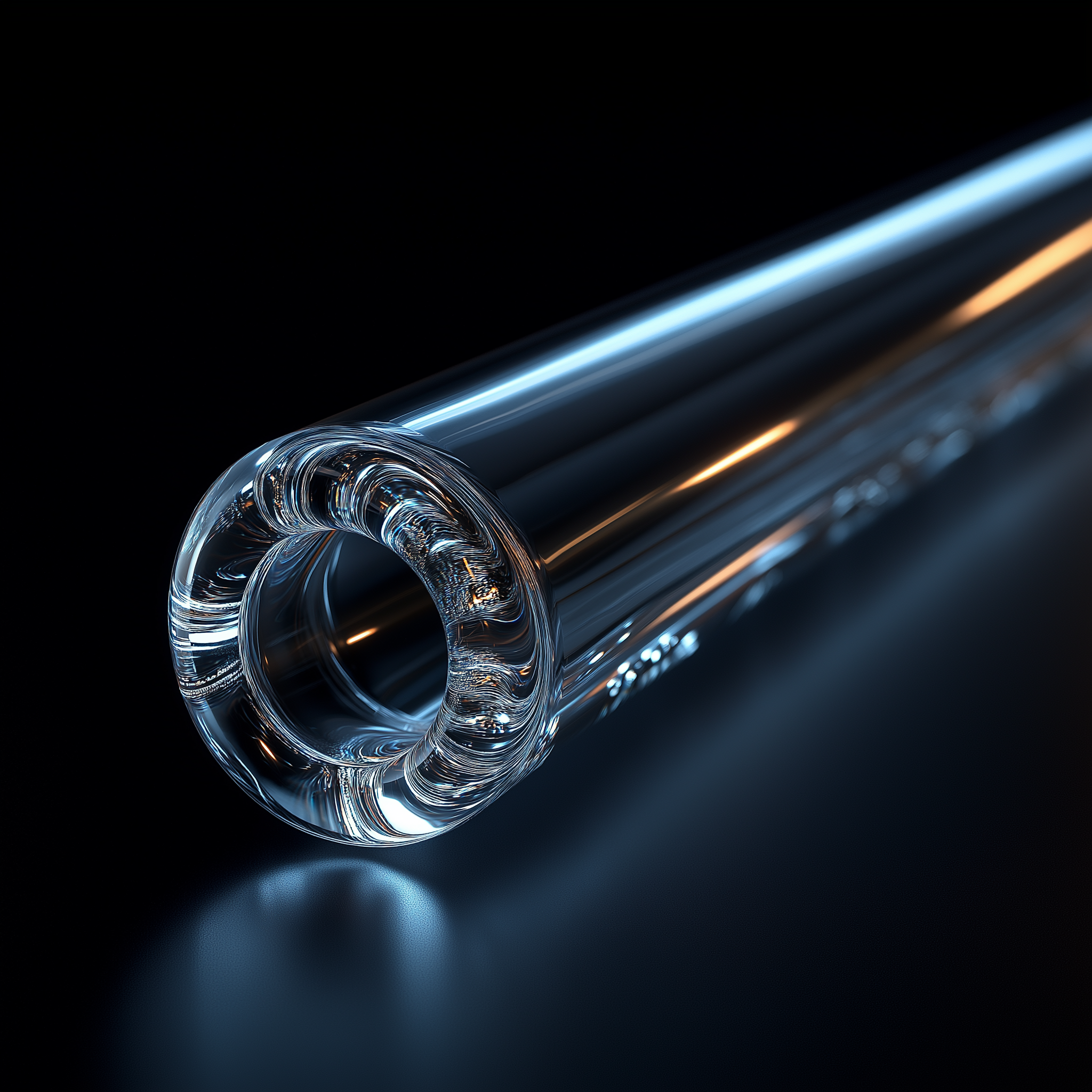
Borosilicate Glass
Borosilicate glass is a type of glass with the main glass-forming constituents' silica and boron oxide. Borosilicate glasses are known for having very low coefficients of thermal expansion (∼5 × 10−6/ °C at 20 °C) making them resistant to thermal shock more so than any other common glass.
FAQs
Please read our FAQs page to find out more.
ARE THESE PIPES SAFE?
Borosilicate glass is the ultimate non-toxic choice. It's completely free from harmful chemicals like BPA, lead, or phthalates. No matter how hot or acidic your food gets, this glass stays clean and safe, giving you one less thing to worry about.
DISADVANTAGES OF OUR PIPES?
1. Cost: Borosilicate glass is typically more expensive than other types of glass, which can make it less accessible to some laboratory users.
2. Fragility: Despite its durability, borosilicate glass is still relatively fragile and can break if dropped or subjected to excessive force.
IS THIS GLASS ECO-FRIENDLY?
Borosilicate glass is often made with natural sand and recycled materials, minimizing its environmental impact during production. This makes it a sustainable alternative to traditional glassware.
WHY ARE THESE MORE EXPENSIVE?
Use this text to answer questions in as much detail as possible for your customers.


